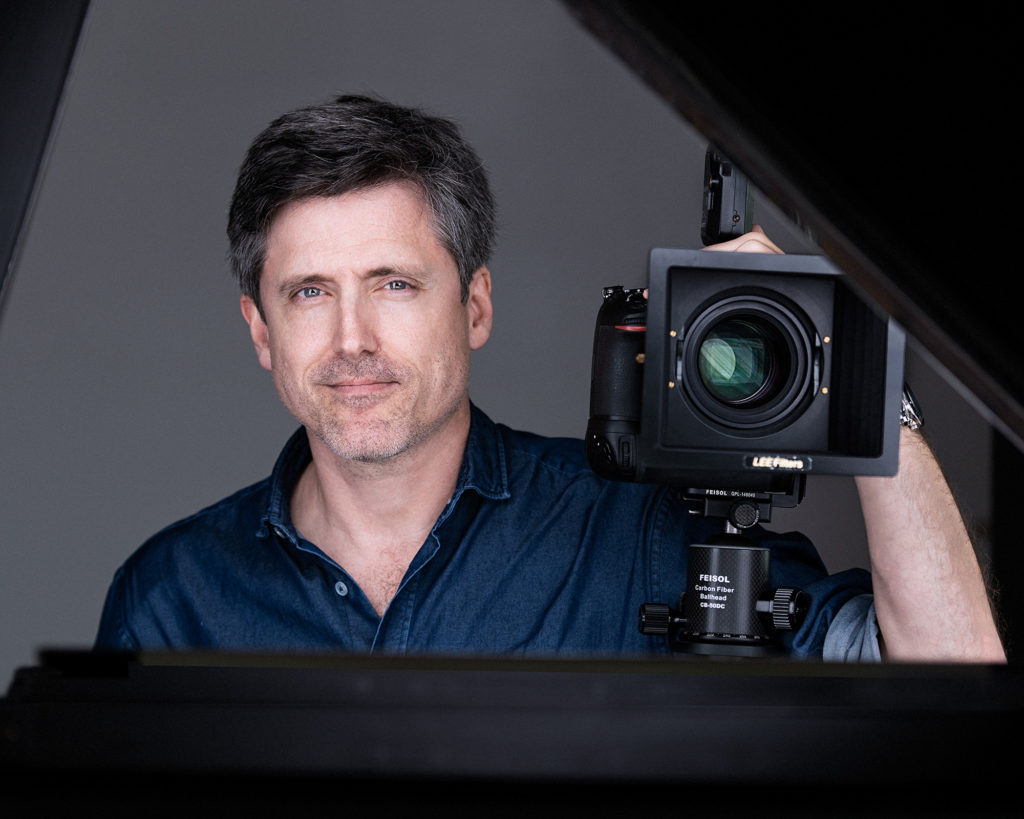
He stared at me with a blank look on his face. It was a look of surprise and embarrassment that betrayed the fact that he had never considered this very fundamental question before. He was a marketer for a large international law firm, and the answer to this question should have informed many different decisions he made in marketing the firm. I wasn’t very surprised by his reaction.

I used to be a trial lawyer and I am accustomed to cross examining people. This felt exactly like that. “Why do you put pictures of the lawyers on your website?” He stared blankly for a moment and then stammered out, “So you know what they look like?” I promise I am not making this up.
This answer isn’t wrong, but it isn’t very good either. Perhaps a better way to say it is, “To put a name with a face.” When I am talking to or emailing Johnny Lawyer, I can picture his lovable mug. Considering how unpopular having your headshot made can be with some people, this does not seem like a fantastic answer.
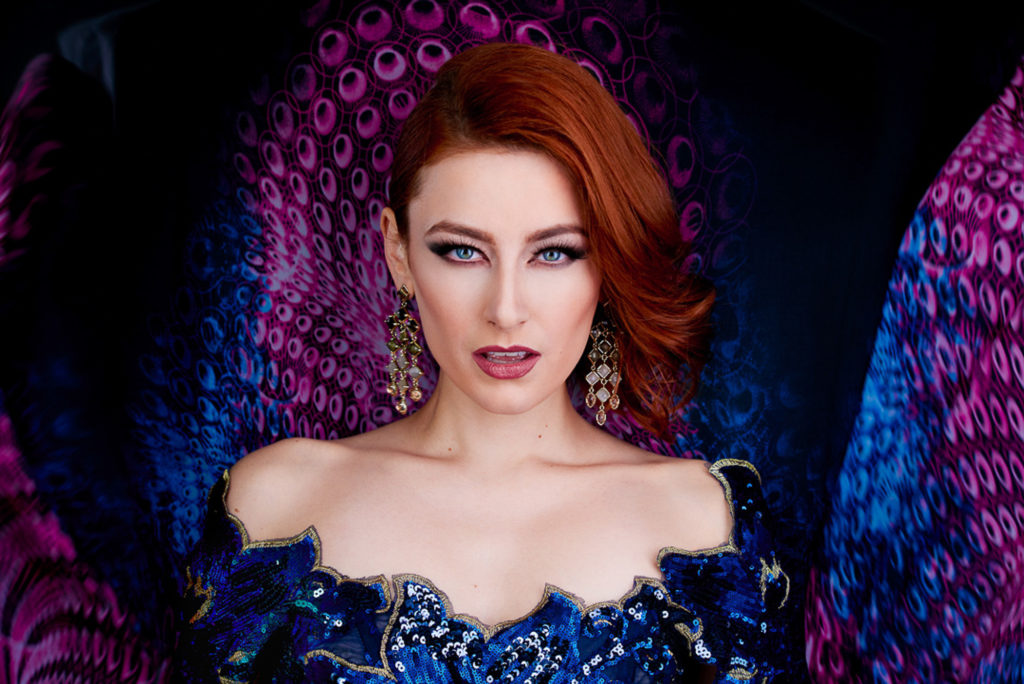
Another answer I commonly get to that question is, “Well, you just have to. Most people do.” Again, while this isn’t a great answer, it definitely is not wrong. It is true that most people do it, and if you don’t it looks strange, like you are not serious. Have you ever received a friend request on social media such as Facebook or LinkedIn where the requester did not have a profile picture? It’s like that. It’s strange. You wonder if they’re even a real person.
For the clients that I market myself to, there is often a more important reason. That online headshot is going to be the first impression they make on many potential clients. First impressions and the common knowledge surrounding them are one of those things that everybody knows is true and actually is true. The research in this area is overwhelming. First impressions are formed almost instantaneously, visuals are far more important than text, they are very sticky, and first impressions formed online carry over into the real world. Since that is the case, it is a good idea to make that first impression a very strong one.
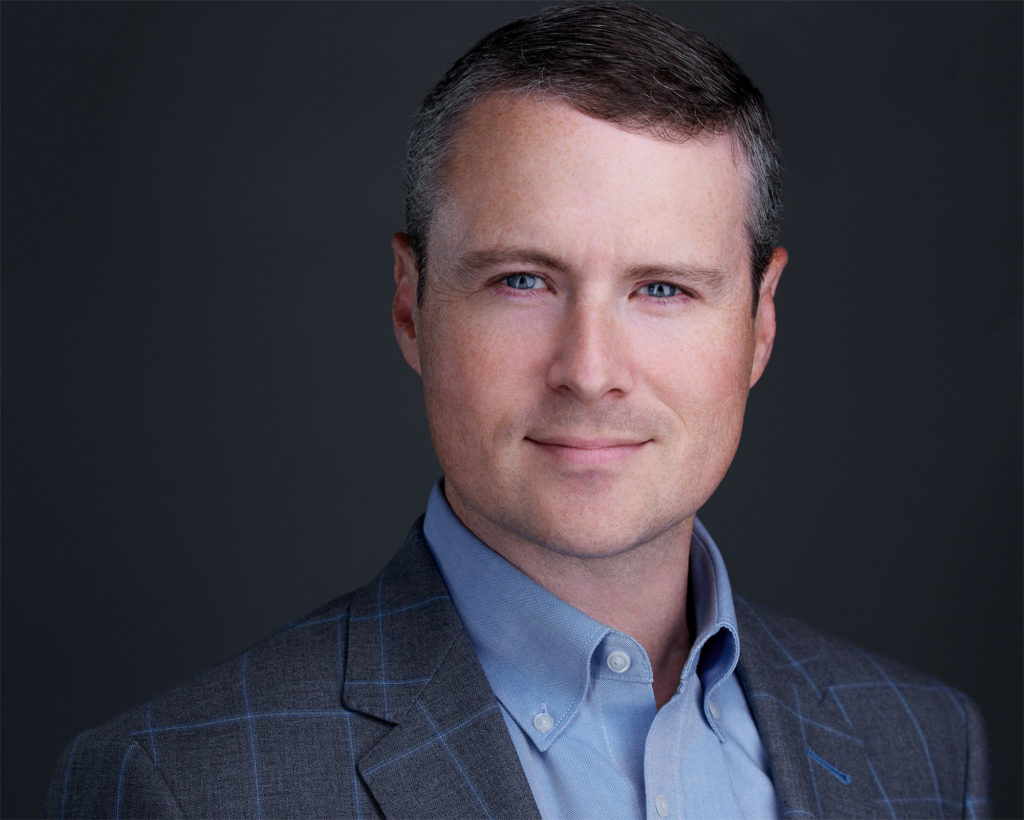
The majority of headshots I see do not make good first impressions. What really makes me mad about these shots is that it is not the subject’s fault at all. They don’t deserve it. They just have no idea what to do in front of the camera, and of course they should not. It is not their area of expertise. The expressions on their faces when they were being photographed should not have been left up to them.
Just so you don’t think I am beating up on other people, I will use myself as an example.
Ten years ago or so when I was still a lawyer, I received an email from the firm administrator that read, “We are taking headshots for the website. We need you in the auxiliary conference room next Tuesday at 10:20 AM. Wear a dark suit.” Like many people, I was not very excited about this. I felt like I was not photogenic. I generally did not like pictures of myself. There was a time in college that a friend took a picture of me at a party that I thought looked pretty cool, but that did not happen very often. Each headshot opened up my self acceptance gap a little farther.
That evening I stood in my bathroom, looking at myself in the mirror practicing different smiles. Nothing looked very good to me. I figured it was just because I was not photogenic, and I was not photogenic because frankly I was not good looking enough. If I looked like Harrison Ford, I would look good in pictures.
The next morning when I walked into the conference room, the headshot photographer sat me down at the conference table, got my head and my body in certain positions and then left the rest of it up to me. “One, two three; smile.” The result was that I looked insane. It is like the last face you’ll see when you wake up in the middle of the night being strangled to death. It certainly did not make me look like a confident litigator, like a person who you would trust your most important personal legal matters to. Unfortunately, this happens to a lot of people.
There is no magical combination of facial features that makes people photogenic. I have worked with extremely attractive people who were a mess in front of the camera, and I have worked with people who were not as genetically gifted who were amazing. Being photogenic is doing the right things in front of the camera.
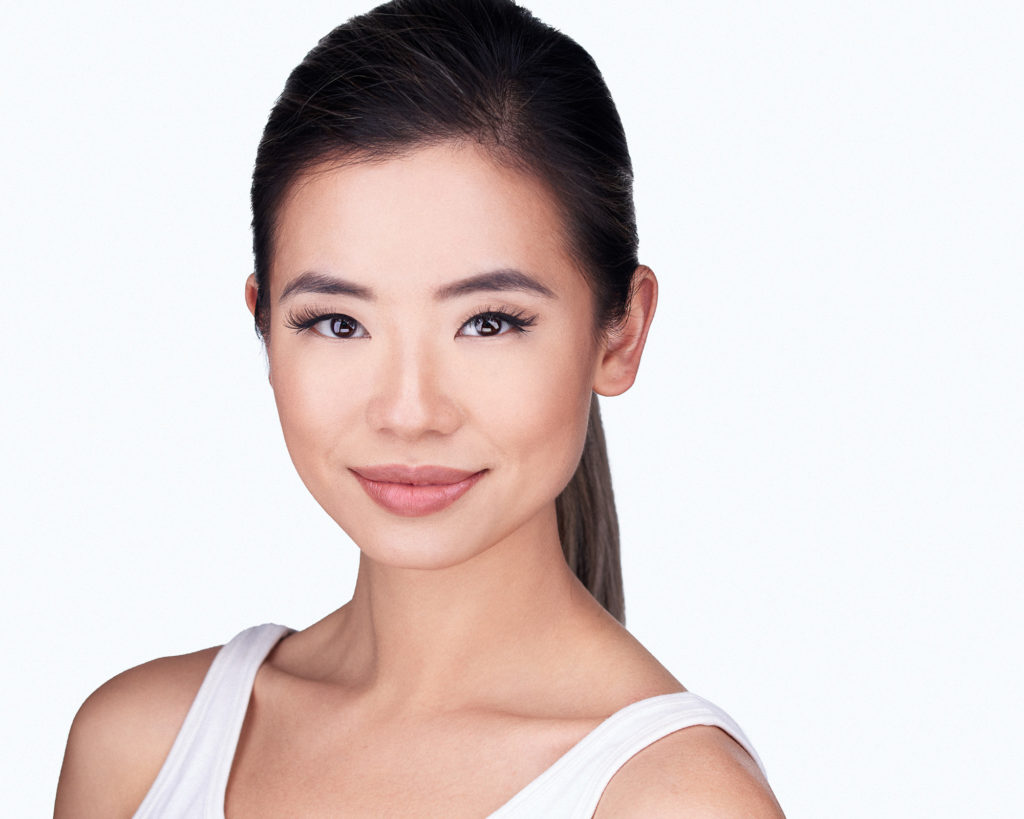
Actors and some other folks have a wider range of acceptable expressions, but with my clients, my goal is always to make them look extremely confident. I want them to look like they are good at what they do, like they are experts in their field, and like they’re extremely successful. At the same time, I want them to look like they are nice people and are trustworthy. The resulting poised and pleasant look can (and this is the most important part of this post so far) increase their perceived level of expertise. Unsurprisingly, I photograph a ton of lawyers, and about all a lawyer has to market is a certain perceived level of expertise.
I cannot over emphasize this. I see it all the time. People who should know better, marketers, advertisers, website designers, firm administrators, human resource professionals, the owner’s spouse, or whoever is driving the decision to have headshots made, usually don’t seem to have a strong grasp on why they are doing it.
Here’s one example:
Website Guy: “Photograph their full torsos.”
Gillett: “Why would I do that?”
Website Guy: “So we have several cropping options.”
Gillett: “That really isn’t my question. Why would you show any of these people’s torsos? I am too skinny, and my torso doesn’t do me any good in a headshot. Some of these people look like heart attack candidates. Why would I start down a three year litigation path with someone who looks like he could check out in twelve months? That is one reason not to. The burden of proof, however, is on you. Give me one reason to show full torsos in these headshots.”
Website Guy: “Okay, just give me half torso.”
ANOTHER VIGNETTE:
Another Website Guy:”Photograph them standing behind a conference room chair and leaning on it with their arms like what is on the website now.”
Gillett: “You want me to make these litigators look like someone has them bent over a chair?!? Are you nuts? Have you thought about the message that sends? No one bends these people over a chair. If anything, they bend someone else over a chair.”
Another Website Guy: “…???”
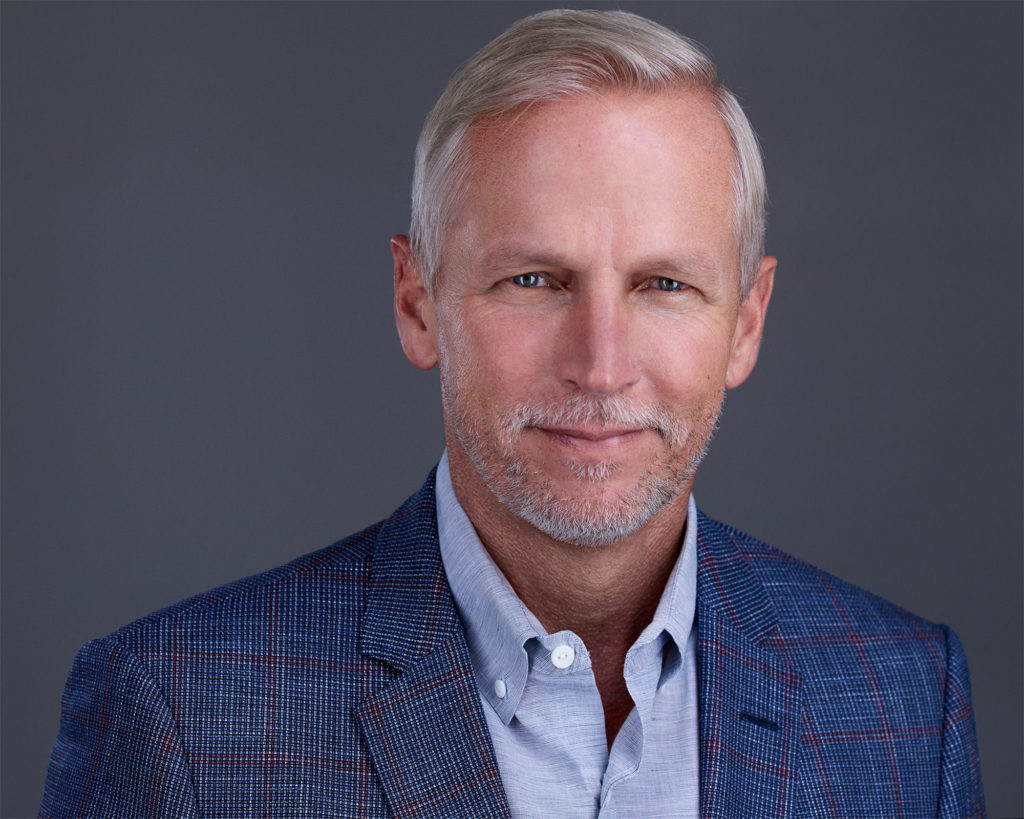
A certain perceived level of expertise is often the only or the main thing that my clients have to market themselves with. Take lawyers for example. Their firms will acquire former Texas Supreme Court justices as partners, purchase expensive artwork for the conference rooms and waiting areas, and spend a ton of money on their offices in general to increase their perceived level of expertise. Despite all of these efforts, many organizations if not most will miss one of the most important and cost effective means of increasing their professionals’ perceived level of expertise, the well made headshot.
Having said all of that, here is a final caveat: not everyone needs to increase their perceived level of expertise. Some people just need a competent headshot. There are a lot of ways to shoot headshots. There isn’t a single right way to do it. This is just my approach.
I think that it is part of my job to be a consultant, a trusted advisor. I try to show them how to look good in headshots and how a good one can benefit them beyond just looking good. How is that accomplished? About three years ago when I had just started shooting headshots full time, I wrote a blog post here for Scott, wherein I heaped hearty approbation on Peter Hurley as he rules. I have learned a ton since then, and I thought it might be fun to mention a few things that have been helpful to me in my mission to make people look great.
ENERGY

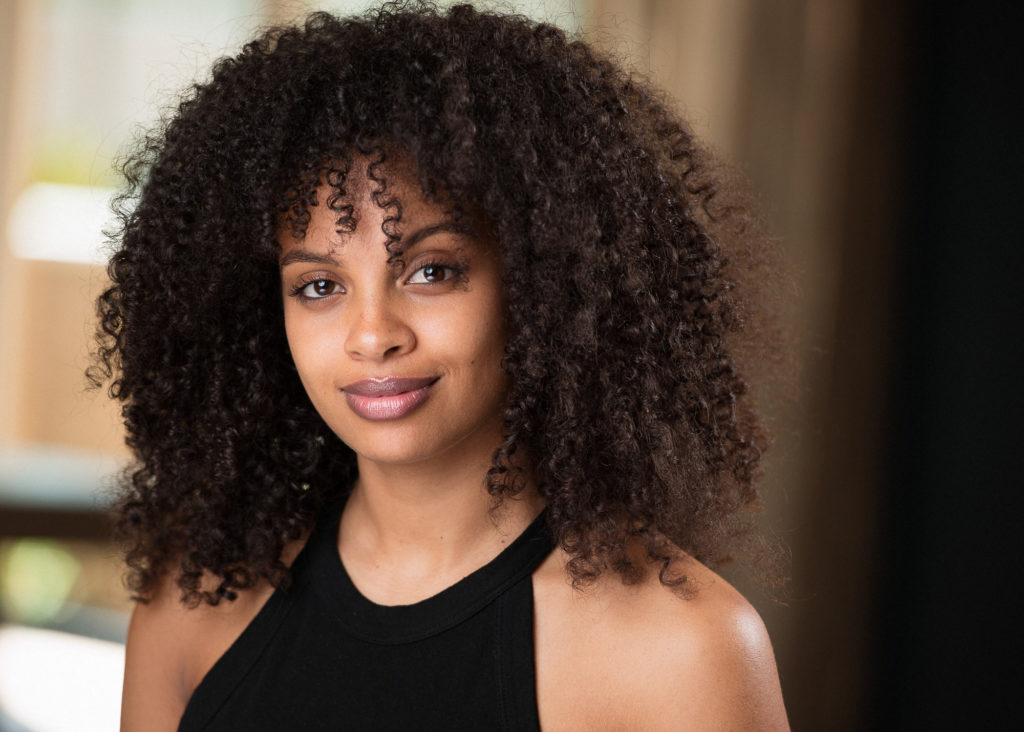
When I was young, a woman who used to care for me from time to time would tell me, “Folks is crazy.” That phrase has stuck with me throughout my life. People are nuts, and it’s part of what is fun about headshots. Everybody has the same equipment, but it is all hooked up differently and everyone’s head is metaphorically in a different place. I generally know where I want to take them, but initially I have no idea how. That improvisational element is part of what I love about it.
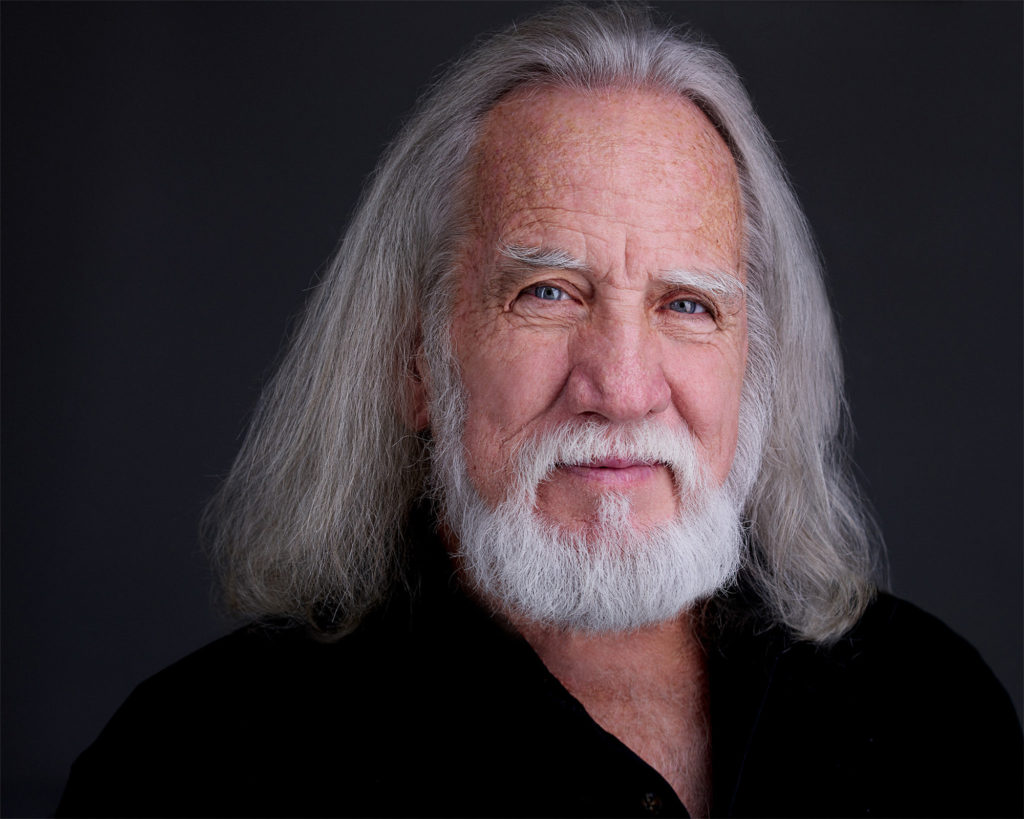
Some people have an emotional inertia, a chronic stoicism that makes it difficult to get good expressions. They often end up looking miserable or disinterested in headshots. This is tough, because I want them to look magnificent. Have you ever seen Michelangelo’s statue of David in person? In pictures you can get the impression that it’s life sized, but in real life it is enormous and awesome.
I want people to be like that. I do not know a one-size-fits-all solution to people who practice conservation of emotional energy. Sometimes I will say mildly offensive things. Sometimes it is taboo language, sometimes it is extemporaneous humor based on the conversations we have had up until that point, and sometimes it is merely quiet direction. Obviously you have to exercise good judgment in deciding what will work and what you can get away with.
With most people, I find it is sufficient to be aggressively convivial. Thus, it is helpful to have good people skills, and I am always trying to improve mine. You could write a whole book on this topic as it touches on every aspect of your interaction with your client such as your initial impression, setting expectations, and problem-solving during the shoot in addition to the aforementioned verbal prodding. It is helpful to keep the energy in the room high when the client is in front of the camera. Up tempo music doesn’t hurt either.
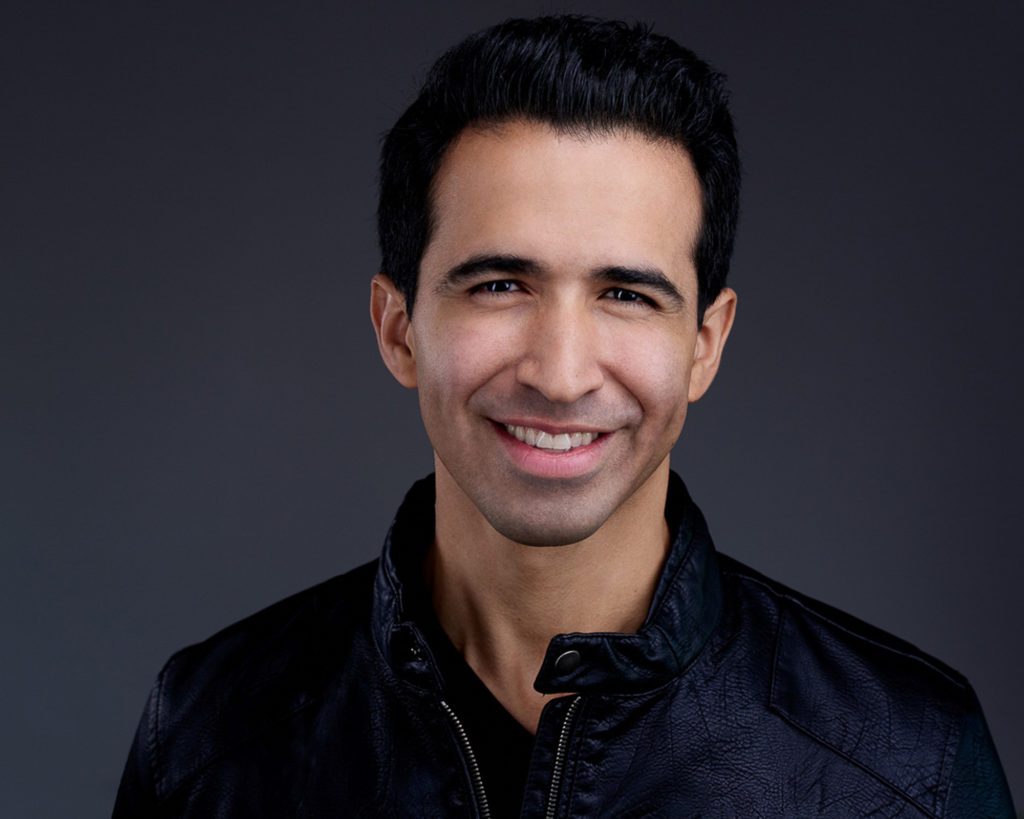
The more I act like a confident expert in what I do, the more latitude I have. You can imagine if throughout my interaction with them, I supplicate myself, it will be very strange if I start acting super assertive out of the blue. Having said all that, that’s just the way I have dealt with it. I’m sure that there are other and perhaps even better ways to do it, and I am looking for them. In the meantime, I am going to try to be confident and in charge and lead them by the hand to headshot victory as best I can.
SYNERGY
In the heat of battle, it is easy to miss small problems or to even let small problems that you notice go. In the last post I wrote, I talked about conceptualizing photographic style as a list of things you like and a list of things you don’t like in your work. I have found that there is a synergy in paying attention to as many elements from each list as possible.
For example, it might not seem like pulling a shirt collar up that has sunken down into a sports coat a centimeter or two is a big deal, but when you combine it with dozens of other things you are taking control over, they can all add up to something special. Good headshots don’t just fall out of the sky, and the less chance involved, the better. When you leave elements up to chance, you are essentially leaving it up to your client, and as we have already discussed, most of them have no idea what to do.
LET ‘EM SEE
Finally, I have learned that it is extremely important to review the headshots with my clients while I am working with them. There is not one right way to photograph a headshot. Most of the expression stuff and body language stuff is science, but everything else is a matter of aesthetic opinion upon which reasonable people can disagree. It’s even weirder for the client, because it’s their face, and they have a unique perspective on it and who knows what assorted hangups.
Let’s say that you take a perfect headshot of your client. You’re both agree that it is the platonic ideal of a headshot except… she doesn’t like her hair. You’re finished; she’s not going to like the shot. You have to figure that stuff out while she is there and you can do something about it.
I hope that these lessons that I have learned don’t seem too prosaic to you. They have been extremely important to me. As a parting thought, I will mention that I try to stay really disciplined about my continuing headshot education. Headshots seem so simple, but I am continually learning new things. I see evidence that it helps me.
When I was reviewing images to include in this article, it didn’t take more than a few months in the past to get to work that made me cringe. Some folks have a hard time with criticism of their work. I think that it is the Dunning Kruger effect in action. If you are unfamiliar with that concept, look it up as I think it definitely applies to photography and can affect our ability to learn and improve. I make the most progress when people whose work I admire tell me what they don’t like about my work. It’s still sometimes hard to hear, but it is a powerful tool.
Sometime last year I had my buddy Rafal Wegiel critique my portfolio. By listening to his opinions and asking questions about how he came to them, I learned a ton. Those things are all little do’s and don’ts that I have added to my mental checklist to improve my work with my clients. His style is sufficiently different from mine that it was very likely that he would have many thoughts that would not have occurred to me.
There are a lot more than three lessons, but three is a magic number, and I could sort of rhyme these. Thanks for sticking with me. I love headshots, and if you shoot them, I hope you do too.
Chris Gillett is a Houston-based headshot and portrait photographer. Past performance is no guarantee of future results, but you can see more of Chris’ work at LikeTheRazor.com, and follow him on Facebook, Twitter, and Instagram. Complaints can be directed to complaints@peterhurley.com.




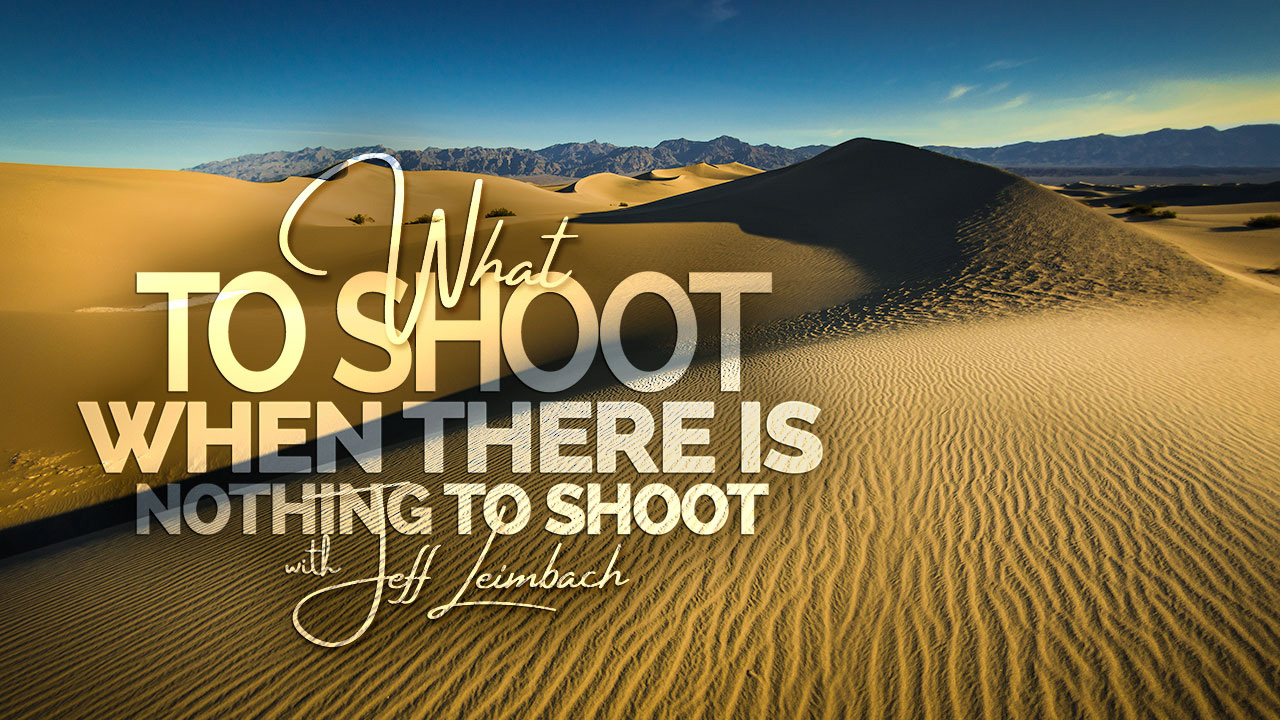
1 comment